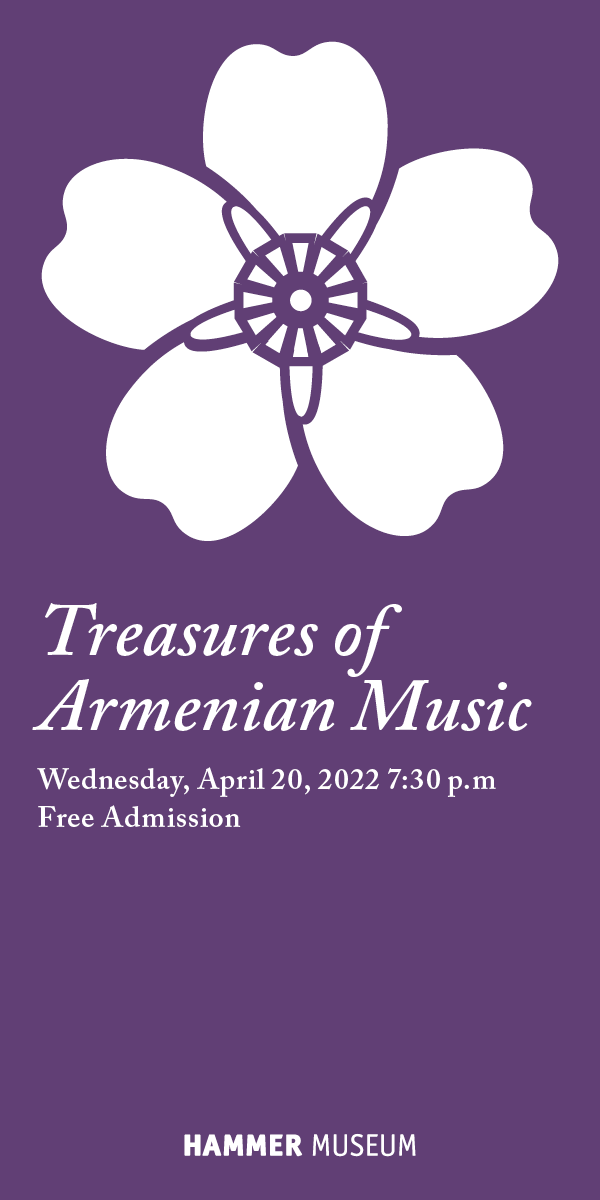L.A. County Supervisor Antonovich Honors Vartanyan and Sassounian
LOS ANGELES — Los Angeles County Supervisor Mike Antonovich honored Agassi Vartanyan and Harut Sassounian on August 18 with a special proclamation signed by all five County Supervisors.
Vartanyan was recognized for his record breaking 55-day fast at the Western Diocese of the Armenian Church in Burbank during the months of April and May to draw attention to the Centennial of the Armenian Genocide. Antonovich also recognized Sassounian, who as President of Crimes Against Humanity Never Again (CAHNA) had helped organize Vartanyan’s fast.
Antonovich commended Vartanyan and CAHNA for publicizing the Armenian Genocide and other atrocities. “Denial of any genocide paves the way to other genocides. The Centennial of the Armenian Genocide is the appropriate time to disseminate the evidence of this Crime Against Humanity,” stated Antonovich during the presentation ceremony.
Deputy Consul General Valery Mkrtoumian thanked Supervisor Antonovich for recognizing Vartanyan’s unique initiative and Sassounian’s life-long devotion to the Armenian Cause, the Armenian American community, and the Republic of Armenia.







PRESS CONTACTS:
Laura Stegman, 310 991-2835
laura@laurastegman.org
Ani Asatryan, 323 810-4825
aasatryan@lazoo.org
FOR IMMEDIATE RELEASE, OPEN TO THE PUBLIC
MEDIA COVERAGE INVITED
ARMENIA IN RETROSPECT:
A DECADE OF CONSERVATION EFFORTS FOR THE ARMENIAN VIPER,
A LECTURE PRESENTED BY THE LOS ANGELES ZOO,
IS FREE WITH ZOO ADMISSION
Tuesday, November 3, 2015
12 noon
Witherbee Auditorium
Los Angeles Zoo and Botanical Gardens
• Presentation by Jeff Ettling, Ph.D., Saint Louis Zoo, Curator of Herpetology, Director of the Saint Louis Zoo WildCare Institute Center for Conservation in Western Asia and Levon Aghasyan, Ph.D., Researcher, Scientific Center of Zoology and Hydroecology, National Academy of Sciences, Yerevan, Armenia. Shortly after the launch of the Saint Louis Zoo’s WildCare Institute© in 2004, Dr. Ettling made his first trip to Armenia to start an investigation into the spatial ecology and population ecology of the Armenian viper. It’s hard to believe that he has now made 15 trips to Armenia ranging in length from two weeks to two months.
• Dr. Ettling and his Armenia colleagues, Dr. Aram Aghasyan and his son Dr. Levon Aghasyan, had a good idea of what they were going to try to accomplish with their study, but they had no idea at the time how much impact the program would truly end up having for the conservation of the Armenian viper and for other wildlife.
• Dr. Ettling, together with Dr. Aghasyan, will provide a retrospective look at what they’ve learned about Armenian vipers, how their work has impacted the conservation of the species and their current efforts to construct the first Conservation Breeding Facility in Armenia for propagation of Armenia’s endangered amphibians and reptiles, including the Armenian viper.
Last July, the Los Angeles Zoo welcomed two litters of Armenian vipers to the collection at the Living Amphibians, Reptiles, and Invertebrates (LAIR) exhibit. Unlike most snakes whose young hatch from eggs, two female Armenian vipers gave birth to live young on Monday, July 13 and Thursday, July 16, 2015. LAIR has housed four adult Armenian vipers, two male and two female, in its collection for around three years, but the eight babies from these two litters are the first successful births after years of encouraging the species to breed. “Armenian vipers are difficult to reproduce in captivity because they come from a mountainous environment which has snow on the ground for a good part of the year,” said Ian Recchio, Curator of Reptiles and Amphibians at the Los Angeles Zoo. “In order to get them to reproduce here in sunny Los Angeles, we had to replicate a harsh Armenian winter which is close to freezing.” After several ineffective attempts at breeding, LAIR Animal Care staff decided to change their tactics and create a new plan to help these vipers breed successfully. The first step was to create an environment that best replicates the mountainous, rocky crevices where these snakes make their den during the coldest part of winter. Animal Care staff purchased a scientific refrigerator, typically used for storing pharmaceuticals, to house the vipers during the six months of the year they go through brumation, or a hibernation-like state necessary for successful breeding. Once the vipers woke from brumation, Animal Care staff began the next step of the plan which was to assist these nervous, venomous snakes in their very unique method of courtship. After the long separation, both males were introduced to the females and immediately went head-to-head in a sort of Spartan-like competition, wrestling for the opportunity to mate with the females. During combat the two males rear up and entwine the front portion of their bodies, each trying to push the other to the ground. Eventually one snake, usually the larger one, succeeds in driving the other snake away and wins the chance to breed with the female. “This was the first time we had the chance to house the vipers in near-freezing temperatures in the scientific refrigerator and let the males engage in combat,” said Recchio. “We had a specific plan, and once all of the individual parts came into place we were able to reproduce this interesting viper. I fully believe the positive results were due to creating a habitat that mimics the species’ environment in the wild.”
The landmark Los Angeles Zoo and Botanical Gardens, drawing 1.6 million visitors each year, is home to a diverse collection of 1,100 animals representing 250 different species, many of which are rare or endangered. Its lush grounds on 113 acres feature the LAIR (Living Amphibians, Invertebrates, and Reptiles); Elephants of Asia; Campo Gorilla Reserve; Rainforest of the Americas, an extraordinary collection of endangered and exotic mammals, reptiles, fish and amphibians living in spaces that exemplify their natural habitat in the rainforest biosphere; Tom Mankiewicz Conservation Carousel; an Indian Rhino Encounter direct-contact opportunity; Chimpanzees of Mahale Mountains, home to one of the largest troops of chimpanzees in the United States; Red Ape Rain Forest, where visitors can walk among orangutans; the Winnick Family Children’s Zoo; one of the largest flocks of flamingos in any zoo in the world; a botanical collection comprising over 800 different plant species with approximately 7,000 individual plants; and much more. Accredited by the Association of Zoos and Aquariums (AZA), whose members meet rigorous professional standards for animal welfare, the Zoo has achieved renown as an international leader in the preservation of endangered species and a conservation center for the care and study of wildlife. The private, non-profit Greater Los Angeles Zoo Association (GLAZA), which has supported the Zoo in partnership with the City of Los Angeles for more than five decades and provides funding for and operates seven essential Zoo departments, has 60,000 member households representing more than 240,000 adults and children.
Admission to the Los Angeles Zoo is $20 for general admission (ages 13 to 61); $17 for seniors (ages 62+), and $15 for children (ages 2 to 12). No ticket is required for children under 2. Admission for Greater Los Angeles Zoo Association members is free.
The Los Angeles Zoo is located in Griffith Park at the junction of the Ventura (134) and Golden State (5) freeways. 5333 Zoo Drive, Los Angeles, CA 90027. Free parking is available. For additional information, contact (323) 644-4200 or visit http://www.lazoo.org
# # #
10/28/15